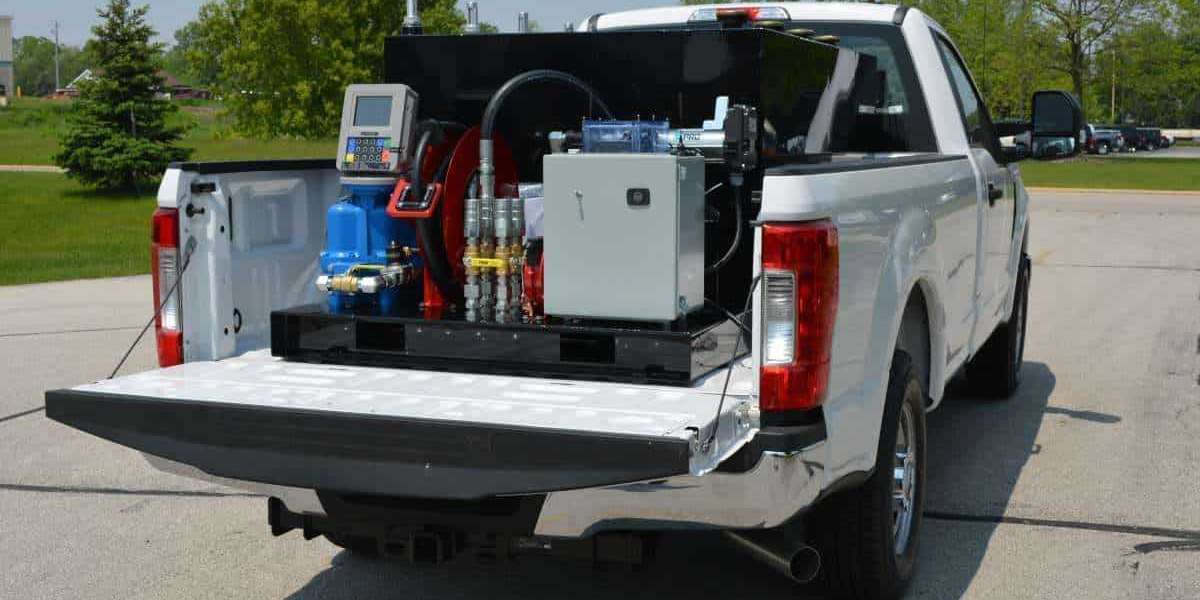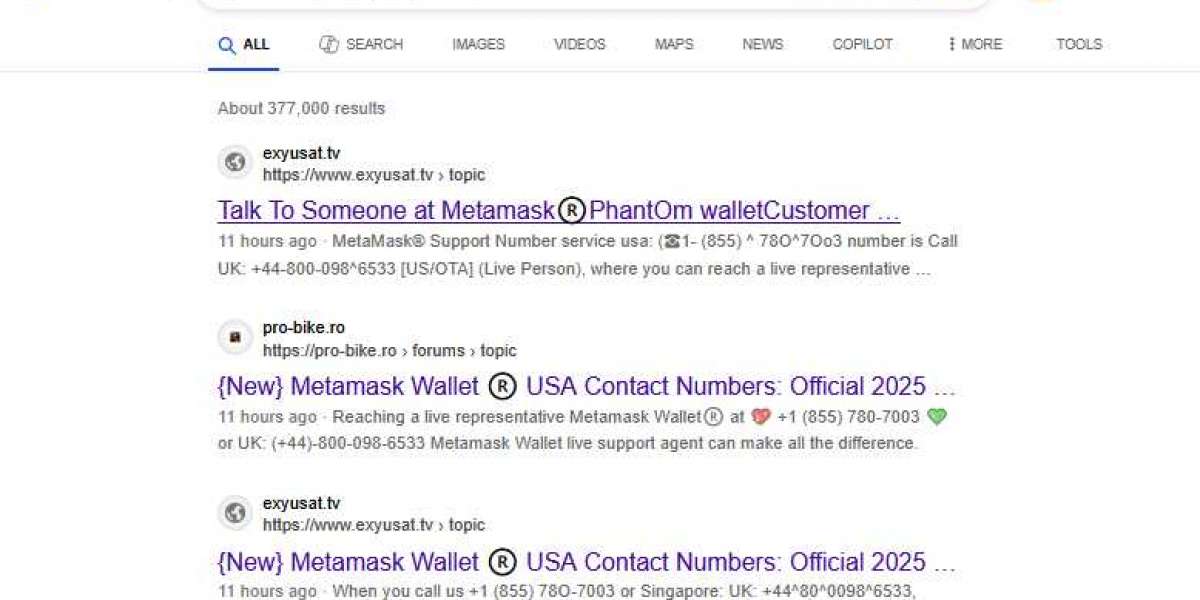Fuel dispensing units are critical components in fueling stations, responsible for safely and accurately transferring fuel from storage tanks to vehicles. Due to the flammable and hazardous nature of petroleum products, safety is a top priority in the design and operation of these systems. Over the years, technological advancements have greatly enhanced the safety features of modern fuel dispensing units, ensuring protection for users, the environment, and the equipment itself. In this article, we explore the most common and essential safety features found in today’s fuel dispensers.
1. Automatic Shut-Off Nozzles
One of the most vital safety features in any fuel dispenser is the automatic shut-off nozzle. This mechanism prevents overfilling by automatically stopping the flow of fuel once the vehicle's tank is full. The nozzle uses a venturi system that detects back pressure, triggering the shut-off. This not only reduces the risk of spills and fire hazards but also improves user convenience and environmental safety.
2. Breakaway Couplings
Breakaway couplings are designed to prevent fuel spills and equipment damage if a vehicle drives away with the nozzle still inserted. These couplings are installed on the fuel hose and will detach safely if pulled with enough force. When separated, internal valves on both ends of the coupling close, preventing any fuel from escaping. This feature is essential for protecting both customers and infrastructure from accidents caused by human error.
3. Emergency Stop Buttons
Modern fuel dispensing stations are equipped with clearly marked emergency stop buttons, usually located near the dispenser or within the fueling area. Pressing this button will immediately cut off the power to all dispensers, halting the flow of fuel in case of fire, spillage, or other emergencies. This quick-response feature can significantly reduce the impact of accidents and prevent escalation.
4. Vapor Recovery Systems
Vapor recovery systems are designed to capture and control the vapors released during the fueling process. These vapors, if released into the atmosphere, can be harmful to both health and the environment. Stage I systems recover vapors during fuel delivery to storage tanks, while Stage II systems capture vapors displaced from a vehicle's fuel tank during dispensing. These systems reduce air pollution and minimize the risk of fire caused by vapor accumulation.
5. Overfill Protection Systems
In addition to the nozzle’s automatic shut-off, dispensers often include overfill protection systems that prevent the underground storage tank (UST) from being overfilled during fuel delivery. These can include float valves, sensors, or alarms that stop the flow or alert personnel when fuel levels approach capacity. This feature is particularly important for maintaining regulatory compliance and preventing soil or groundwater contamination.
6. Flame Arrestors
A flame arrestor is a device installed within the dispenser that prevents flames or sparks from traveling back through the fuel system. This is particularly critical in environments where static electricity or open flames could ignite fuel vapors. The flame arrestor absorbs the heat from a flame and cools it to prevent ignition of the fuel vapors, enhancing fire safety.
7. Leak Detection Systems
Advanced leak detection systems are integrated into modern fuel dispensing unit and underground storage tanks. These systems continuously monitor for any signs of leakage using pressure sensors, liquid sensors, or tank gauges. If a leak is detected, alarms are triggered, and the fuel flow is shut off to minimize environmental damage and fire risk.
8. Anti-Siphoning Valves and Check Valves
To prevent reverse flow and potential siphoning of fuel back into the system, anti-siphoning valves and check valves are often used. These components ensure that fuel only moves in the correct direction and help prevent tampering or accidental backflow that could lead to spills or equipment damage.
9. Static Grounding Systems
Fuel dispensing generates static electricity, which can become a fire hazard if not properly controlled. Modern dispensers are grounded to safely discharge static electricity. Additionally, static grounding wires or reels may be used to connect fuel nozzles and hoses to vehicles or grounding rods during fuel transfers, especially in aviation and industrial applications.
10. User Interface Warnings and Display Alerts
Digital dispensers feature advanced user interfaces that provide warnings and operational alerts. These can include messages such as “Replace Nozzle,” “System Error,” or “Emergency Stop Activated.” Visual and audible alerts help station attendants and users respond quickly to potential problems, adding another layer of operational safety.
Conclusion
Modern fuel dispensing units are built with a strong emphasis on safety, combining mechanical, electrical, and digital systems to minimize risks. From preventing overfills and vapor emissions to safeguarding against fires and leaks, each feature plays a critical role in ensuring a safe fueling environment for both users and the surrounding community. As technology continues to evolve, we can expect even more advanced safety measures to be integrated into future fuel dispensers, further improving reliability, environmental protection, and user confidence.








